How To Flavor Coffee Bean?
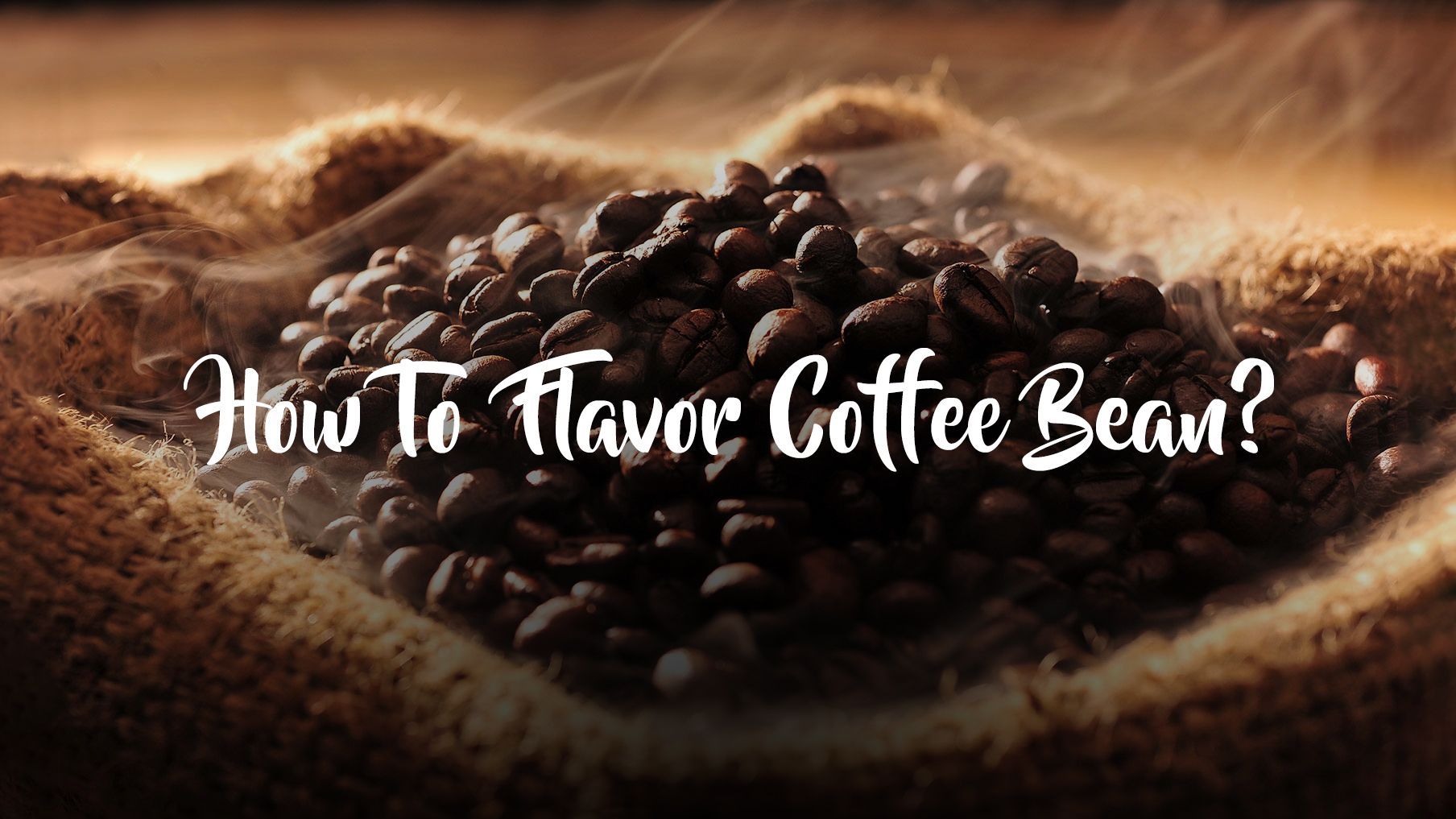
For all you coffee lovers out there, here is yet another article to spoil you with choices. I have put together simple coffee flavoring methods that you can try from the comfort of your own home. You will not be needing any special equipment, or spend too much in procuring the items. There are four methods to flavor your coffee, using – oil, spices, alcohol or syrup. Let’s jump right in!
Using Oil
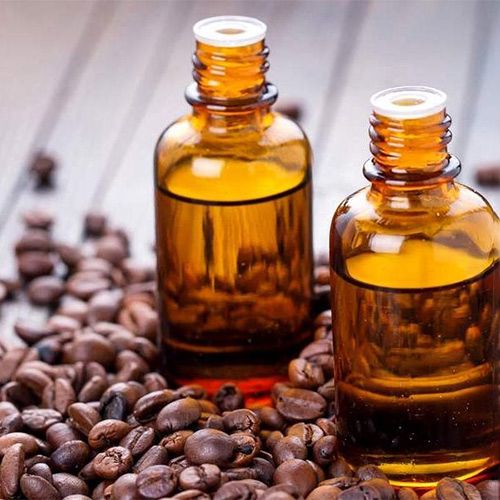
You can use specialty coffee bean oil to flavor your beans. They are available of the shelf and come with different concentrations. It would be best following the instructions as mentioned on the package, but feel free to play with the liquid if you know your own flavor needs.
Steps to mixing the oil with bean –
- Mix oil dosage, usually about one to three teaspoons, with one pound of coffee beans
- Toss the mixture by hand until the oil is spread evenly
- Place it into a sealed back and let it rest for as long as you can (one hour minimum) – longer they rest, better the flavor absorption into the bean
Using Spices
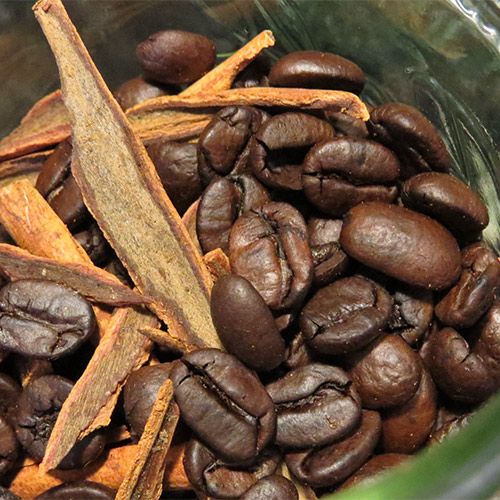
You can create and mix any spiced coffee you like – and who knows, maybe you can sell the rights to a big coffee chain! You can add a small dash off clarified butter into your coffee bean and spice mixture to allow them to mix well. The longer they sit together, the richer the coffee taste.
Here are some most common spices that you can play with –
- Vanilla pods
- Cinnamon Sticks
- Clove buds
- Nutmeg seeds
Ensure to store the spices in a cool dark place so they don’t dissipate in anyway. Adding the spice in its ground form can help with the infusion process to the bean.
Using Alcohol
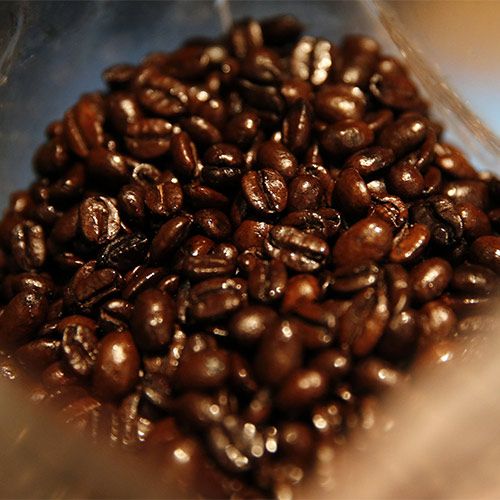
Alcohol infused coffee is gaining big momentum, especially for desert treats in dinner parties. Luckily for us, it is quite simple to prepare, but takes a little longer than the other methods. It would take a day minimum to prepare the mixture, more if you are looking for bolder, richer flavors.
Whiskey is the preferred choice to blend with the coffee, though you can experiment with any liquor.
How to setup the alcohol infused bean –
- Pour the liquor into a wide mouth container
- Add coffee beans into it and seal it
- Shake the container for a few minutes
- Store the mixture in a cool dark place for a day minimum
- Try samples of the mixture to get your desired flavor
- Store away for additional time – if it needs more potency
- Strain them and allow to dry
Using Syrup
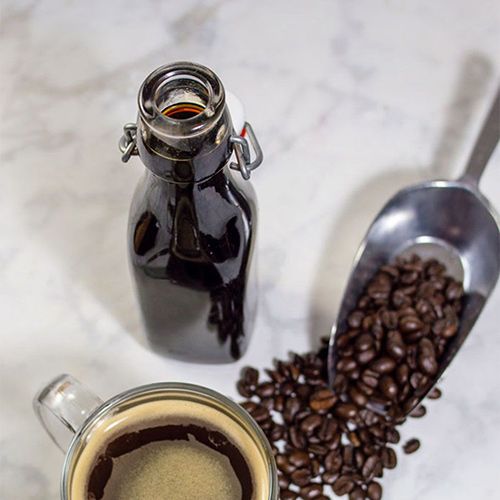
Syrups are what usual commercial or roastery environment use. They are quite easy to transport and require just about fifteen to twenty minutes for the infusion to take place, if the mixture is spun well.
It is very easy to make your own syrup at home. You can combine equal parts of sugar water and the flavor of syrup flavor of your choosing. These can include –
• Ginger
• Orange peels
• Caramel
• Chocolate
• Mint
If you don’t feel up to it, you can always purchase these flavor syrups of the shelf.
Why Flavor Your Own Coffee Beans?
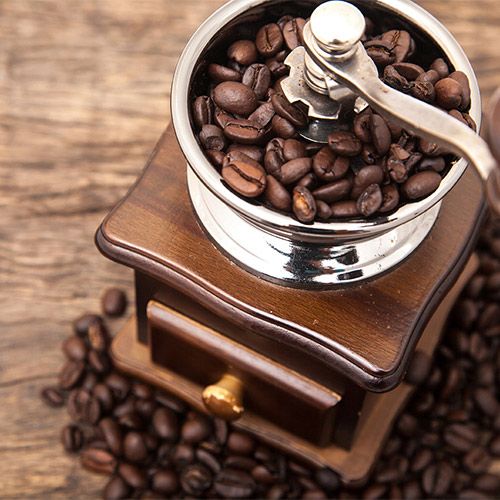
Believe it or not, all flavored coffee beans do not come directly from the plant. Within the massive economic wheel of the coffee industry, the direct impact to the consumer may not be a priority when manufacturing flavored coffee.
Here are some reasons to why you may like to take charge of flavoring your own coffee beans –
Using old, stale beans
Reusing old or stale beans with flavoring oil can be a profitable way for commercial roast to get rid of their ‘wasted inventory’. The flavoring oil can help mask the dull taste of old coffee beans, and can even increase the shelf life.
Damaging your coffee grinder
Old coffee beans become less porous and don’t absorb as much oil, so roasters may choose to add excessive flavoring oil to coat the coffee beans. This excess oil can build up over time on your grinder blades affecting the taste of all the future coffee you may produce with it.
Loosing the natural taste
An excess of flavors can overpower the naturally available flavors that come from high quality coffee. It is difficult for roasters to provide customized flavor concentration ratios to best suit a specific coffee lover. They usually choose tend to lean on the majority during their testing phase with sample groups.
Excess use of propylene Glycol
Most coffee flavoring oils commonly use propylene glycol for their base. Unfortunately, when used as a solvent, as it is the case with flavoring oils, the law allows for the packaging to not list the ingredient. So, it is possible that you are consuming more glycol than you should, compromising your health.
Chemical aftertaste
Not all coffee companies are bound to producing the healthiest natural products for their consumers. In efforts to cut costs and improve shelf life, they may use chemicals to create their coffee bean flavors. The metallic and bitter aftertaste is a common side effect from chemical use.
Conclusion
Flavoring your coffee at home is an easy and fun. By taking charge of the flavoring process, you can experiment with a wide range of flavors using different methods. No matter which method you choose, its important to dry out your beans before you grind and use them. Hope this article has helped you boost or get started on your coffee flavoring journey.
Please feel free to leave a comment below!
